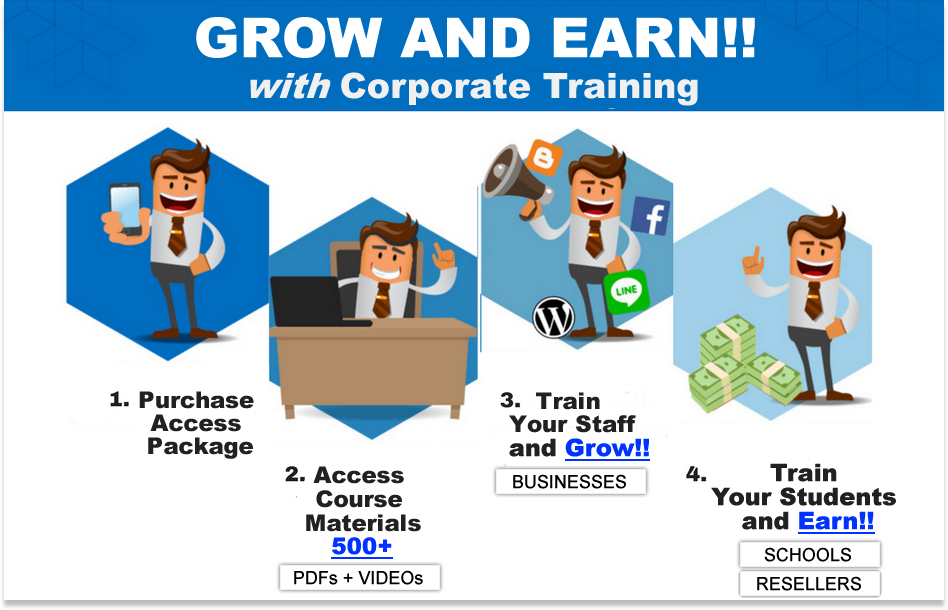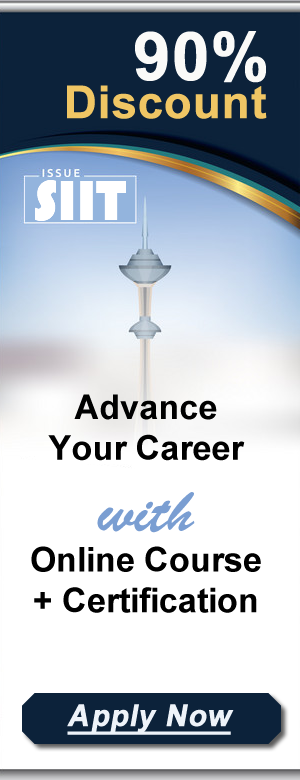
The Power Of Email Marketing Automation: How To Optimize Your Campaigns For Maximum Engagement
In the dynamic landscape of digital marketing, email marketing remains a potent and versatile tool for businesses seeking to nurture relationships with their audience, drive conversions, and boost brand loyalty. However, the effectiveness of email campaigns hinges on a crucial element: automation. Email marketing automation empowers businesses to streamline their marketing efforts, personalize their messages, and achieve remarkable results.
This comprehensive guide delves into the intricacies of email marketing automation, unraveling its benefits, exploring best practices, and providing actionable strategies to optimize your campaigns for maximum engagement.
Understanding Email Marketing Automation
Email marketing automation involves leveraging technology to automate repetitive tasks, streamline workflows, and personalize email campaigns. It encompasses a spectrum of features, from automated email sequences to advanced segmentation and dynamic content capabilities. By automating email processes, marketers can free up valuable time, enhance efficiency, and achieve greater precision in their campaigns.
The core principle of email marketing automation lies in leveraging data to trigger personalized email interactions based on specific user behaviors and preferences. This data-driven approach allows businesses to deliver targeted messages at the optimal moment, optimizing engagement and conversion rates. For instance, automated welcome emails triggered upon a user's subscription can personalize the onboarding experience, while automated abandoned cart emails can effectively nudge customers back to complete their purchases.
In essence, email marketing automation transforms email marketing from a passive activity to a dynamic and personalized communication channel. It empowers businesses to engage with their audience on a deeper level, fostering stronger relationships and driving tangible results. By embracing automation, businesses can transform their email marketing efforts from mere blasts to targeted, personalized experiences that resonate with their audience.
**Case Study: Starbucks**
Starbucks, a renowned coffeehouse chain, exemplifies the power of email marketing automation. They leverage automation to personalize their email campaigns based on customer purchase history and preferences. For instance, they send personalized birthday emails offering free drinks and other promotional offers. This targeted approach effectively incentivizes customer loyalty and drives repeat purchases.
**Case Study: Amazon**
Amazon, the e-commerce giant, employs email marketing automation extensively to drive conversions and enhance customer satisfaction. They utilize automated abandoned cart emails, product recommendations, and order confirmation emails to personalize the customer journey and optimize the shopping experience.
The Benefits of Email Marketing Automation
Email marketing automation offers a compelling array of advantages for businesses across various industries. From increased efficiency and personalization to improved ROI, automation empowers businesses to streamline their marketing efforts and maximize the impact of their campaigns.
One of the most significant benefits of automation is the ability to **personalize email campaigns**. By leveraging data such as customer demographics, purchase history, and website activity, businesses can tailor their messages to resonate with individual recipients. This personalized approach fosters stronger connections with customers, leading to improved engagement and conversion rates.
Moreover, email marketing automation dramatically **increases efficiency**. By automating repetitive tasks such as email scheduling and list segmentation, marketers can free up valuable time to focus on strategic initiatives, such as content creation and campaign optimization. Automation also minimizes the risk of human error, ensuring consistent and reliable campaign execution.
Furthermore, automation enables businesses to **optimize their campaigns for maximum ROI**. By analyzing data on campaign performance, marketers can identify patterns, adjust strategies, and refine their tactics for better results. Automation empowers businesses to measure the effectiveness of their campaigns, track key metrics, and make data-driven decisions to improve their performance.
**Case Study: HubSpot**
HubSpot, a leading marketing automation platform, effectively utilizes automation to enhance its email marketing campaigns. Their automated welcome emails, triggered upon new subscription, provide valuable resources and personalize the onboarding experience. HubSpot also employs automated nurture sequences to guide leads through the sales funnel, nurturing relationships and driving conversions.
**Case Study: Mailchimp**
Mailchimp, a popular email marketing platform, showcases the power of automation through its "Customer Journey" feature. This feature allows businesses to create automated email sequences based on customer interactions, guiding them through specific stages of the customer journey, from initial engagement to purchase and beyond.
Essential Elements of Effective Email Marketing Automation
To unlock the full potential of email marketing automation, businesses need to establish a solid foundation by implementing key elements that drive success. These elements encompass strategic planning, data management, and best practices for campaign optimization.
First and foremost, **define clear campaign goals and objectives**. Before embarking on automation, businesses must identify their desired outcomes. Are they aiming to increase brand awareness, drive sales, or cultivate customer loyalty? By establishing clear objectives, businesses can ensure that their automation efforts align with their overall marketing strategies.
Next, **collect and manage data effectively**. Data is the lifeblood of email marketing automation. Businesses need to collect data on their audience, their interactions, and their preferences to personalize their messages and trigger relevant automations. This data can be collected through website forms, surveys, and purchase history.
Furthermore, **segment your audience strategically**. Segmenting your audience allows you to target specific groups with tailored messages that resonate with their interests and needs. Segmenting can be based on factors such as demographics, purchase history, website activity, and engagement levels. This targeted approach maximizes engagement and optimizes conversion rates.
**Case Study: Netflix**
Netflix, the streaming giant, exemplifies data-driven email marketing automation. They leverage user data to personalize recommendations and suggest shows that align with individual preferences. Their automated email campaigns highlight new releases and continue to drive user engagement and retention.
**Case Study: Airbnb**
Airbnb, the online lodging marketplace, leverages email marketing automation to nurture relationships with both hosts and guests. They send automated email sequences to guide hosts through the listing process and offer helpful tips for attracting guests. Their guest-focused automation includes confirmation emails, personalized recommendations, and post-stay surveys.
Best Practices for Optimizing Email Marketing Automation
To achieve optimal results with email marketing automation, businesses must adhere to best practices that enhance campaign effectiveness and ensure seamless execution. These practices encompass email design, content optimization, and ongoing analysis.
**Design visually appealing and responsive emails**. The design of your emails plays a crucial role in engaging your audience. Optimize your emails for mobile devices and incorporate visually appealing elements, such as high-quality images, compelling headlines, and clear calls to action. Ensure that the design is consistent with your brand identity and fosters a positive user experience.
**Deliver compelling and relevant content**. The content of your emails is paramount to driving engagement. Create valuable content that aligns with your audience's interests and needs. This can include informative articles, exclusive offers, personalized recommendations, and updates on your latest products or services. The content should be tailored to the specific email sequence and the targeted segment.
**Optimize your email subject lines for higher open rates**. The subject line is the first impression of your email, so it's crucial to craft compelling and enticing subject lines that entice recipients to open your emails. Use clear and concise language, highlight the value proposition, and leverage personalization to create a sense of urgency or intrigue.
**Case Study: Canva**
Canva, the online design platform, demonstrates excellence in email design. Their emails are visually appealing, responsive, and align with their brand identity. They leverage high-quality images, clear calls to action, and a consistent color scheme to create a cohesive and engaging user experience.
**Case Study: Grammarly**
Grammarly, the grammar and writing checker, effectively utilizes email marketing automation to deliver valuable content. Their emails provide insightful tips on grammar, writing style, and communication, aligning with their target audience's needs and interests. They also personalize their emails based on user activity, offering relevant recommendations and resources.
Measuring and Analyzing Email Marketing Automation
Measuring and analyzing the performance of your email marketing automation is essential for optimizing your campaigns and achieving your marketing goals. By tracking key metrics and analyzing data, businesses can identify areas for improvement, refine their strategies, and maximize their ROI.
**Track key metrics to assess campaign performance**. Monitor metrics such as open rates, click-through rates, bounce rates, unsubscribe rates, and conversion rates. These metrics provide insights into the effectiveness of your campaigns, allowing you to identify areas for improvement and adjust your strategies accordingly.
**Analyze data to gain actionable insights**. Leverage data analytics tools to gain deeper insights into the performance of your email campaigns. Identify trends, patterns, and anomalies in your data to understand what resonates with your audience and optimize your campaigns for better results. Data analysis empowers businesses to make data-driven decisions and refine their strategies for maximum impact.
**Utilize A/B testing to optimize campaign elements**. A/B testing involves comparing two versions of an email campaign element, such as the subject line or call to action, to determine which performs better. This approach enables businesses to identify the most effective elements for their audience, leading to improved engagement and conversion rates.
**Case Study: Shopify**
Shopify, the e-commerce platform, employs A/B testing extensively to optimize its email marketing campaigns. They test different subject lines, email designs, and calls to action to identify the most effective elements for their audience. This data-driven approach ensures that their campaigns are optimized for maximum engagement and conversion rates.
**Case Study: Salesforce**
Salesforce, the customer relationship management (CRM) platform, leverages data analytics to optimize its email marketing automation. They track key metrics, analyze data trends, and personalize their campaigns based on customer behavior and preferences. This data-driven approach ensures that their emails are relevant, timely, and effective in driving engagement and conversions.
Conclusion
Email marketing automation is an indispensable tool for businesses seeking to engage with their audience, drive conversions, and optimize their marketing efforts. By leveraging automation to personalize messages, streamline workflows, and optimize campaigns, businesses can transform their email marketing from a passive activity to a dynamic and personalized communication channel.
To maximize the impact of email marketing automation, businesses must define clear goals, collect and manage data effectively, segment their audience strategically, adhere to best practices for campaign optimization, and regularly measure and analyze campaign performance. By embracing automation and following these guidelines, businesses can unlock the full potential of email marketing, nurturing lasting relationships with their audience and achieving remarkable results.

